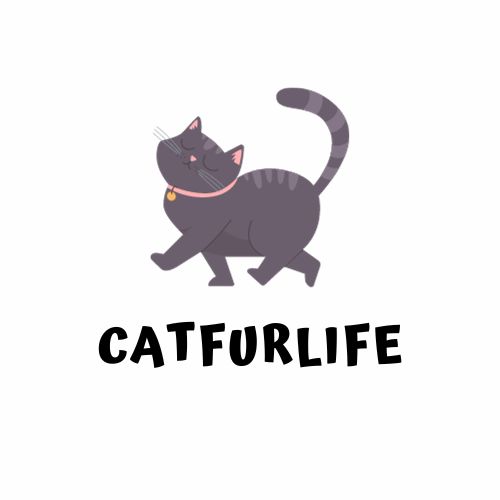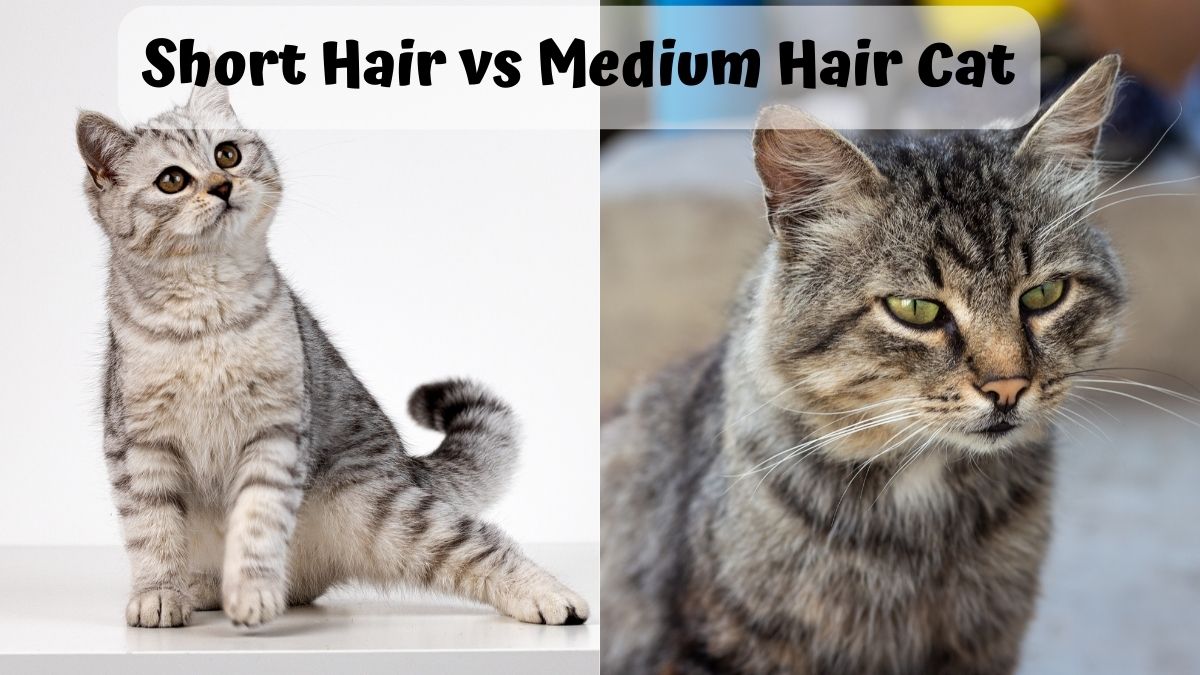With their diverse personalities and striking appearances, cats have captivated hearts worldwide.
In this comprehensive guide, ‘Short Hair vs Medium Hair Cat,’ we embark on an enlightening journey to understand the distinct characteristics and care requirements of short and medium hair cats.
This article offers a deep insight into what sets these two categories apart, from the genetic factors determining hair length to the practical implications on grooming and health.
This article is an essential resource for current cat owners, those considering adoption, or anyone who is simply a feline enthusiast.
It provides a deep appreciation for the beauty and uniqueness of short and medium-haired cats.
It also offers guidance to help you make informed decisions about pet care and encourages the joys of cat companionship.
Understanding Cat Hair Lengths
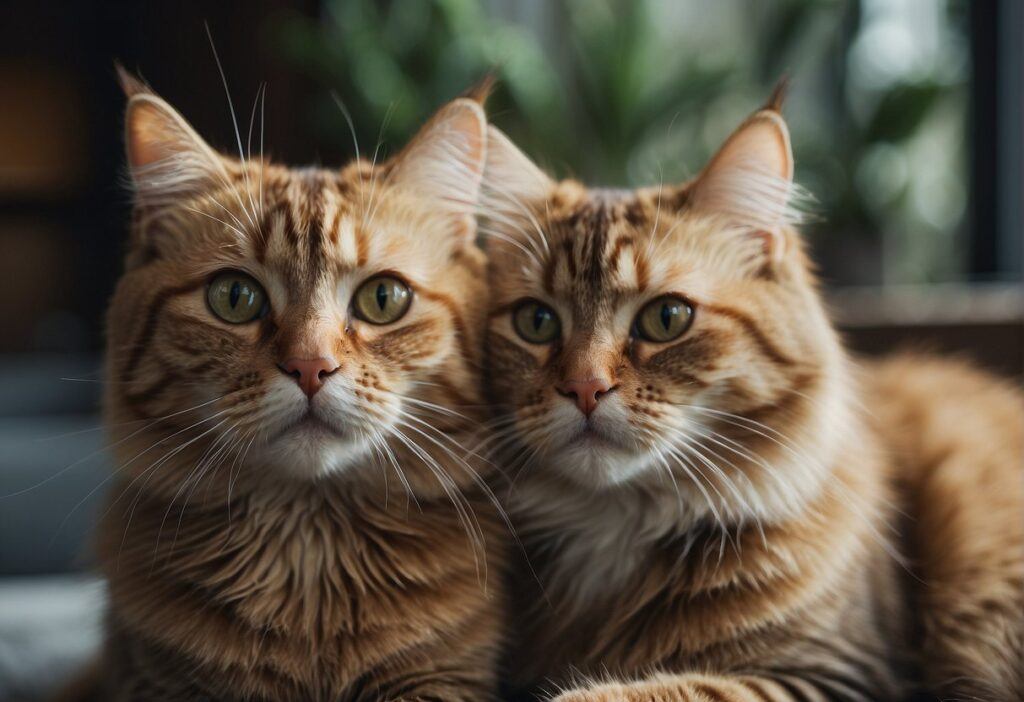
Cats come in a variety of hair lengths, primarily influenced by genetics. The differences among short-haired, medium-haired, and long-haired cats offer diverse grooming needs and aesthetic appeal.
Genetics Behind Hair Length Variations
Their genetic makeup largely determines the hair length in cats. Specific genes control the growth cycles of cat hair, which dictate whether a cat will have short, medium, or long fur.
For instance, the Fibroblast Growth Factor 5 (FGF5) gene plays a critical role, where mutations in this gene can lead to longer coats.
Like the domestic shorthair, short-haired cats typically lack these mutations, resulting in short growth cycles and, thus, shorter coats.
In contrast, specific genetic mutations found in long-haired cat breeds prolong the growth phase, leading to the long, flowing fur seen in breeds such as Persians and Maine Coons.
- Short-Haired Cats: Usually have a FGF5 gene without mutations.
- Medium-Haired Cats: May have a variation that leads to a mid-length growth cycle.
- Long-Haired Cats: Often have mutations in FGF5, extending their hair growth phase.
Categorizing cats based on hair length:
| Hair Length | Examples of Breeds |
|---|---|
| Short-Haired | Domestic Shorthair, Siamese |
| Medium-Haired | Domestic Medium Hair, Turkish Van |
| Long-Haired | Persian, Maine Coon |
Differentiating Short, Medium, and Long Hair Cats
It’s important to recognize the distinct characteristics of short-, medium-, and long-haired cats to care for them properly.
Short-haired cats typically have a coat that’s less than two inches long, a texture that’s often glossy and sleek, and they usually require less grooming.
Medium-hair cats have fur ranging from two to four inches, which may present in a thicker and plusher coat than short-haired varieties.
Long-haired kittens and adult cats have fur exceeding four inches long, may exhibit a silky or coarse texture, and generally demand more frequent grooming to prevent tangles and matting.
- Short Fur: Less grooming, sleek appearance.
- Medium-Length Hair: Moderately dense, can vary in texture.
- Long Fur: Requires regular grooming and is prone to tangles.
Recognizing these variations is essential for the cat’s well-being and the pet owner’s convenience.
Proper identification enables appropriate grooming routines and informs expectations regarding shedding and maintenance.
Physical and Grooming Considerations
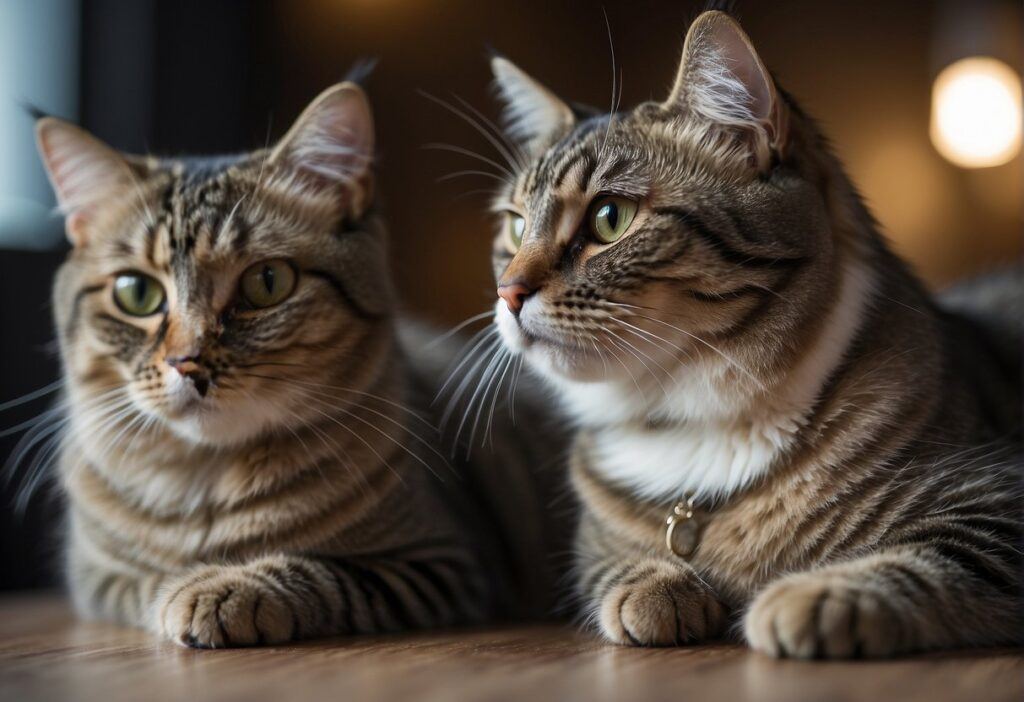
Selecting a cat with a particular hair length impacts their grooming needs and the time you’ll need to invest in managing their coat.
Here is how both short and medium-haired cat types measure up regarding grooming requirements and shedding.
Grooming Requirements by Hair Type
Short-haired cats, including many popular breeds, typically have a single coat requiring less grooming than their long-haired counterparts.
Regular brushing, about once a week, helps remove loose hair and can keep their coat shiny and healthy.
On the other hand, medium-hair coat cats often necessitate more frequent grooming sessions to prevent matting and reduce hair loss around the house.
- Short hair kittens: Weekly brushing is often sufficient.
- Short hair coats: Minimal hair loss, simple grooming routine.
Medium hair cats might benefit from a more rigorous grooming routine.
These cats usually have a denser undercoat and, therefore, might require much brushing, perhaps several times a week, to manage shedding effectively.
- Medium hair coat: More loose hair, so regular grooming is necessary.
Shedding and Hair Management
Cats shed naturally, and the amount of loose hair you may find around your home can vary widely depending on the type of cat.
Generally, short-haired cats and short-haired felines tend to shed less than long-haired cats or cats with a double coat like the domestic long hair.
- Short hair cats: Less hair around the home, less grooming needed.
- Long hair cats: Significant shedding may result in greater accumulation of loose hair.
Regardless of coat type, regular grooming helps manage shedding, reduces the amount of hair around the home, and can contribute to a healthier coat and reduce hairballs.
Related: Unlock the Secrets of Feline Care: Medium vs Long Haired Cats
Breed-Specific Information and Traits
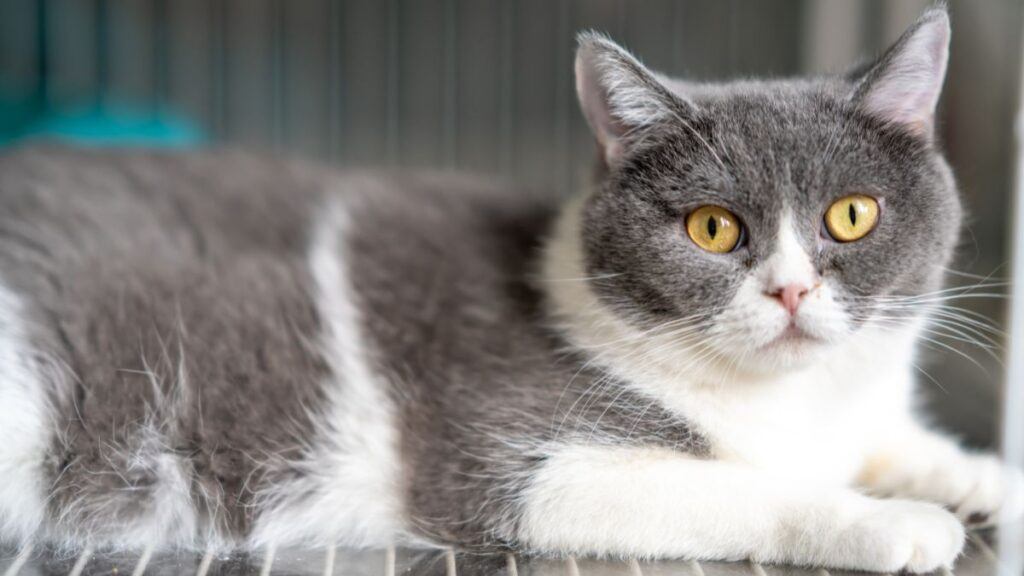
In exploring cat breeds, particular attention is given to fur characteristics, which are defining traits influencing appearance, grooming needs, and behavior.
Popular Breeds and Their Fur Characteristics
Maine Coon: One of the largest cat breeds, Maine Coons are known for their fluffy tails and long-haired luxurious coats. These affable cats are friendly and fit well into the family setting.
British Shorthair: British Shorthairs feature dense, plush, short coats. This breed is renowned for its round face and sturdy physique. They are typically easy-going and blend harmoniously as family members.
American Shorthair Cat: This breed is known for its versatile short hair, which can come in various patterns and colors. American Shorthairs are often medium to large, with affectionate and friendly personalities.
Domestic Longhair: Not a specific breed, but rather a type of cat; Domestic Longhairs have a variety of coat colors and patterns with a common attribute of a long, fluffy coat and often a matching fluffy tail.
Norwegian Forest Cats: Similar to Maine Coons, they are large, long-haired felines with fluffy tails, known to be affectionate and good with families.
Devon Rex: This breed is distinctive for its short, curly fur and large ears. Devon Rex cats have a playful and social nature.
Manx Cat: Manx cats are known for either being tailless or having a short tail. They can have either short or long fur and are appreciated for their robust health and good temper.
Russian Blue Cat: These cats have a short, dense, and plush coat of a blue-gray hue. They are typically reserved but affectionate towards their family.
Impact of Coat Length on Cat Behavior
Coat length can influence a cat’s behavior to a certain extent. Short-haired cat breeds like the British Shorthair and Russian Blue are often perceived as less maintenance, which may align with their more independent nature.
In contrast, long-haired cats such as Maine Coons and Norwegian Forest Cats have thicker, longer fur that requires more grooming, a process that can enhance the bond between cat and owner.
Additionally, cats with long fur may be less inclined to spend time outdoors due to the propensity for their coats to pick up debris and become tangled.
Choosing the Right Cat for Your Home
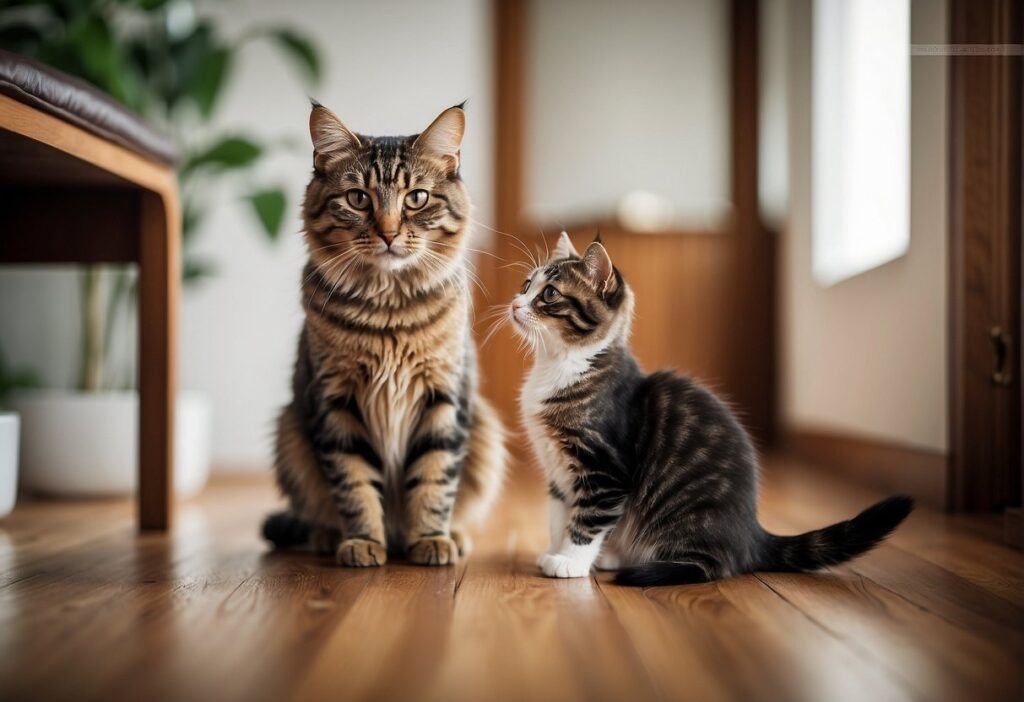
When selecting a cat, pet parents should consider personal preference, the adaptability of the cat to the living environment, and the individual traits of the cat.
Factors to Consider When Selecting a Cat
Pet parents often have a personal preference for either short or medium-haired cats.
Contrary to popular belief, the length of a cat’s hair is not merely a recessive trait but can also indicate mixed ancestry.
In the United States, such preferences contribute to the diverse community of cat lovers. When choosing a new feline friend, it’s important to consider:
- Allergies: Short-haired cats are believed to shed less, potentially reducing allergens.
- Grooming Needs: Medium hair cats might require more grooming to prevent matting.
- Recurrent Problems: Be aware of any common problem associated with specific breeds, such as hairballs.
Adaptability to Living Environments
Domestic cats can adapt to a variety of living situations, but there are factors to consider regarding their fur length:
- Climate: Cats with shorter hair may have difficulty in colder climates, while those with medium hair might be more resilient to chillier temperatures.
- Indoor vs. Outdoor:
- Indoor cats benefit from cat trees and perches. Cat trees not only provide exercise but also a safe retreat.
- Outdoor or community cat colonies require different considerations, such as shelter and the cat’s ability to self-maintain.
- Space: Cats in compact spaces may prefer vertical areas to explore, which is where cat trees can become a valuable addition to the household.
Choosing the right cat involves balancing these factors to ensure the cat and its human companions will be content.
Understanding Cat Hair and Health
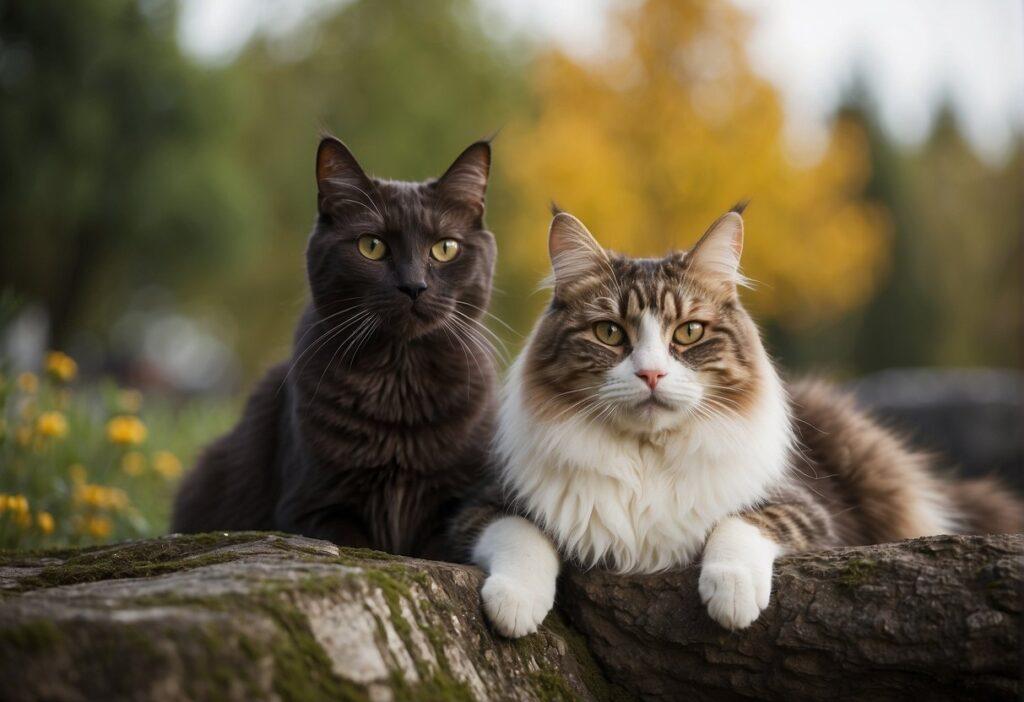
A cat’s health can be influenced by its fur length, which may bring specific challenges in grooming and maintenance.
Common Health Issues Related to Fur Length
Cats with different hair lengths tend to face various health issues.
Hairless cats, such as the Sphynx, require frequent baths to remove excess oils typically absorbed by fur, but they are less prone to common fur-related ailments.
Domestic short-haired and short-haired kittens are less susceptible to matting and may suffer fewer hairballs than their longer-haired counterparts.
However, without regular brushing, they can still accumulate dirt and lose fur, leading to skin irritation.
Long-haired kittens and adults with thick coats, such as Persians, may experience matting and require more extensive grooming routines to prevent potential skin infections and manage hairballs.
These breeds can also be affected by overheating more readily due to their dense fur.
Cats with a medium hair coat balance the two extremes, but consistent grooming is crucial to detect early signs of skin issues and reduce shedding and hairball formation.
Regular brushing for all cat fur lengths helps maintain a clean and healthy coat and can also be a bonding experience between the cat and its owner.
It can also be an opportunity to check for any signs of common ailments or skin issues.
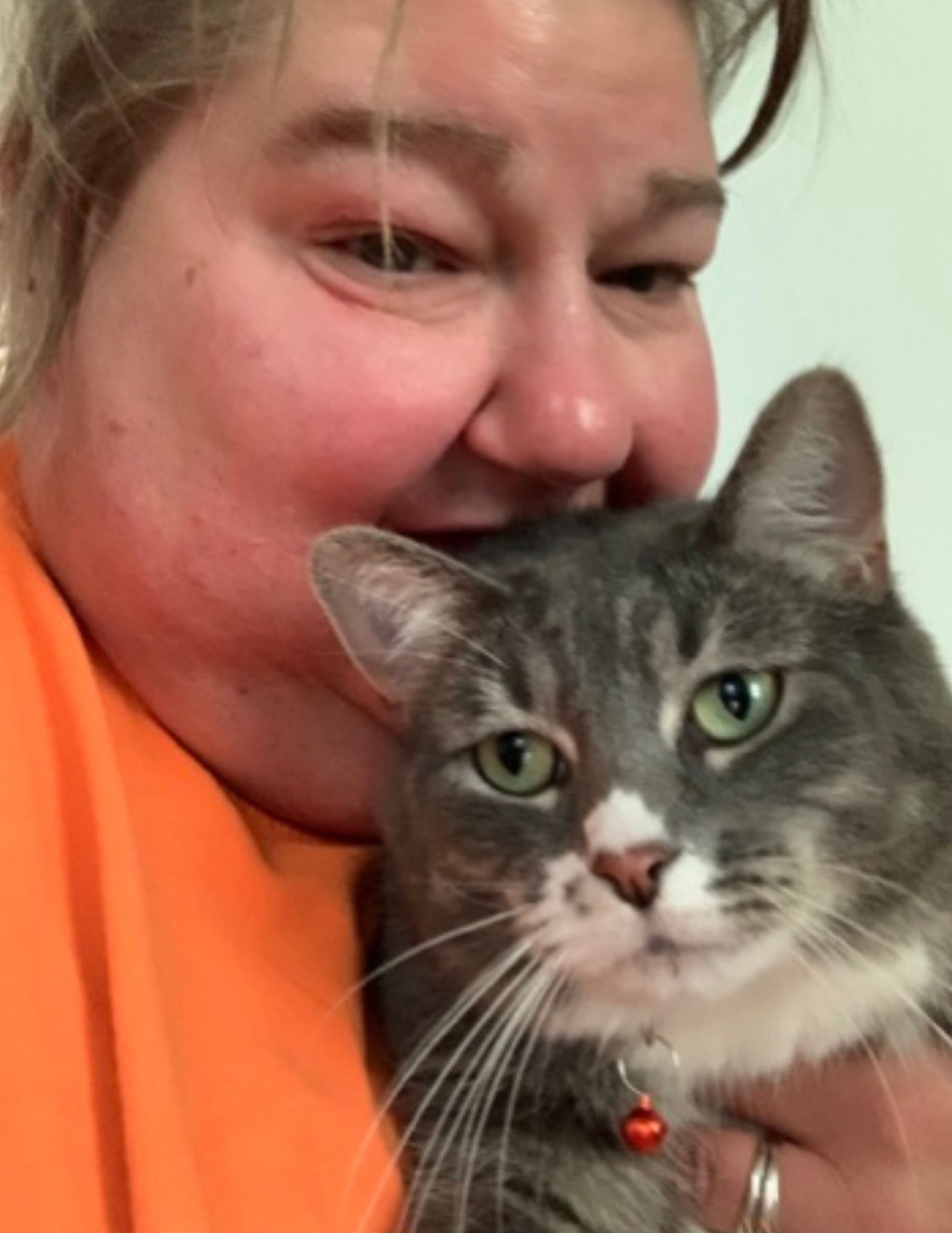
Meet Ann Haasnoot, the passionate founder of CatFurLife.com. A lifelong cat lover from Wisconsin, Ann combines her extensive feline behavior and care knowledge with her love for writing. On her website, she shares invaluable insights about cat breeds, care tips, and her experiences with her beloved furbaby, aiming to deepen the bond between cats and their human companions.
